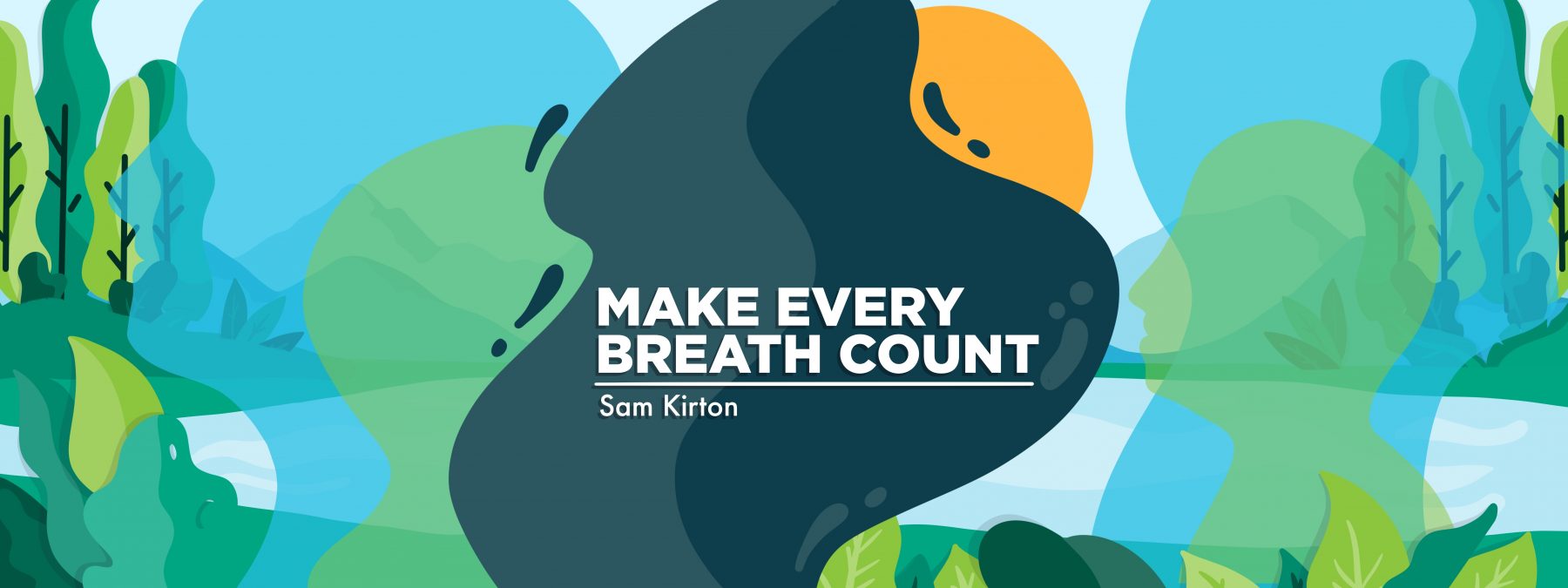Preparing to travel internationally as a post-transplant patient
How I'm protecting my health on a river cruise out of Amsterdam
Written by |

My wife, Susan, and I have traveled around the world by trains, planes, ships, and automobiles finding new adventures. We are now in Amsterdam — our first international trip since 2019.
When I was diagnosed with idiopathic pulmonary fibrosis (IPF) in January 2017, my care team encouraged me to live my best life. I did, including by traveling to places Susan and I wanted to ensure we could visit together.
When COVID-19 hit, my care team advised against unnecessary travel. Plus, my IPF had begun to progress more quickly. I was approved for a lung transplant in March 2020 but deferred, due to the pandemic. It was a year later, almost to the day, when I was listed. I received my bilateral lung transplant in July 2021, which restricted my travel for another year.
Preparation
We have traveled to all seven continents, taken an untold number of cruises, and consider ourselves to be seasoned travelers. I typically get excited before a new adventure, especially when it involves international travel. Yet preparing for this trip as a post-transplant patient was a completely different experience.
I arranged to see my kidney care team, my cardiac surgeon, and my transplant care team during the first half of March. All of them gave me guidance on things to be aware of while traveling abroad.
Because I am immunosuppressed to reduce the risk of my body rejecting my transplanted lungs, I am more susceptible to illness. Even though I’m vaccinated against the flu, COVID-19, and respiratory syncytial virus, I will be masked during our flight and when we are among crowds.
Due to swelling in my lower legs, I will not spend the seven-hour flight sitting. I will walk up and down the aisle and otherwise keep my legs elevated for as much time as possible. Anticipating the need for elevation, we opted to splurge on business class seats, which will allow us to lie flat during the flight.

Packing for vacation post-transplant requires some level of concentration. (Photo by Sam Kirton)
The most challenging aspect of packing for this trip was not deciding what to wear, but thinking through all of my medication requirements.
My care team’s guidance was clear: Prepare for the unexpected. Pack twice the amount of medication you think you’ll need.
I did just that, preparing a 20-day supply of my medications for our seven-night cruise.
Additionally, I asked my care team to prepare a letter listing all of my medications. During a cruise around Australia and New Zealand, local authorities met with all passengers carrying prescription medication during the ship’s immigration processing. The trip documentation suggested that some countries require prescriptions to be carried in their original containers.
When we left our home in Virginia to embark on the trip to Amsterdam, we double-checked that we had all the necessary medications. I also had a plan to adjust my medication schedule to accommodate the time zone change.
Why Amsterdam?
My IPF journey has affected our ability to travel, especially internationally, which we both love to do. Susan sacrificed so much when she assumed the role of caregiver. Some years ago, she talked about wanting to see the tulips bloom in Amsterdam. This trip will allow her to realize that dream.
We are aboard the AmaLucia, sailing out of Amsterdam for a seven-night “Tulip Time” river cruise. The ship carries 156 passengers, so it’s not like the larger ones we’re accustomed to. Two days before we flew to Amsterdam, we received photos of the tulip fields we will be visiting in full bloom.
Next week, I will share more with you about navigating a river cruise as a post-transplant IPF patient. I started taking notes on the day we left so I can report back to you about this vacation. I want you to ask questions; feel free to post them in the comments. Sharing my experience is how I can continue to make every breath count.
Note: Pulmonary Fibrosis News is strictly a news and information website about the disease. It does not provide medical advice, diagnosis, or treatment. This content is not intended to be a substitute for professional medical advice, diagnosis, or treatment. Always seek the advice of your physician or other qualified health provider with any questions you may have regarding a medical condition. Never disregard professional medical advice or delay in seeking it because of something you have read on this website. The opinions expressed in this column are not those of Pulmonary Fibrosis News or its parent company, Bionews, and are intended to spark discussion about issues pertaining to pulmonary fibrosis.







Paul Boocconcelli
Dear Sam,
Thank you so much for your article on international travel. I was diagnosed with IPF in the summer of 2020 and received my double lung transplant on Sept 2, 2023 Our overseas bucket list includes a trip to England, Scotland, and Ireland in one sponsored trip, followed by another sponsored trip to Italy and a couple countries bordering Italy.Plus seeinng as much of the U.S. as possible. We aren't too concerned about our meds while traveling through the U.S, our transplant team already briefed us on what to do if we had issues with my meds or required medical attention while traveling in the U.S. We are looking forward to reading your future updates on international travel.
Samuel Kirton
Hi Paul,
Thanks for reading my column and your comments. We started out exploring the U.S. with a cross country train trip Amtrak. We boarded in Chicago and took the train to San Francisco/Oakland, CA and spent a couple days in Yosemite. We had a lot of planning to be ready. Talk to your care team about timing but with their concurrence take the trip. You will not regret it.
Sam ...
John Fromularo
That's a motivating story. I was diagnosed with IPF in 2020. It's related to scleroderma so slower to destroy my lungs. I'm surprised at how fast you had a transplant and recovered. Can you speak to how your disease progressed.
Samuel Kirton
John,
Thanks for reading my column and for your comments. The short version is I was diagnosed in January 2017 with IPF. I progressed very slowly until the Fall of 2019 when I began to require oxygen at 2lpm for exertion. By late 2020 and early 2021 I had the need for more oxygen at 7lpm to walk across the room. I was listed in March 2021 and received a bilateral lung transplant in July 2021.I have generally done well but it still a lot of work. If you have more questions I am glad to answer them.
Sam ...
William j,Evers
They told me I had 3 to 5 years to live then it was 3 to 7 now I’m over 11and still going you figure it out Bill
Samuel Kirton
Hi Bill
Thanks for reading my column and your comments. This is the perfect example that each of us is on a unique journey. I have know IPF patients with a path similar to yours. I was in the 3-5 year range which proved to be pretty accurate. A transplant saved my life. I do hope you continue to do well and continue to defy the odds.
Sam ...
John Gould
My wife and I had traveled extensively with and without our kids, through high school with them) before we were married we also we world and USA travelers. At home it was always a joy to come across other seasoned travelers and share travel experiences.
When our granddaughter arrived 5 years ago we put visiting her family and visiting them in Pennsylvania (we're from Portland OR) ahead of most of our 4 yearly trips, but we always traveled 1 trip in Nov with just my wife and I, until covid. After covid I got PF do our us trip fell by the way side, now with PF having a expected short lifespan we felt trips to our kids and 2 grandkids (5 yr old Amelia and 6 month old Lincoln now) most important. Now this next week I'm getting wait listed, we won't be visiting with of our children and their families likely for 3-5 years as we they live over 4 hours from the U of W transplant hospital in Seattle (ironic that to be wait listed I had to be under 2 years to live, so my goal is to keep living until waitlisted and to get my lung transplant - right now I only have 24% good lung tissue left) but the sicker I get the higher I priority points I have on the wait list.